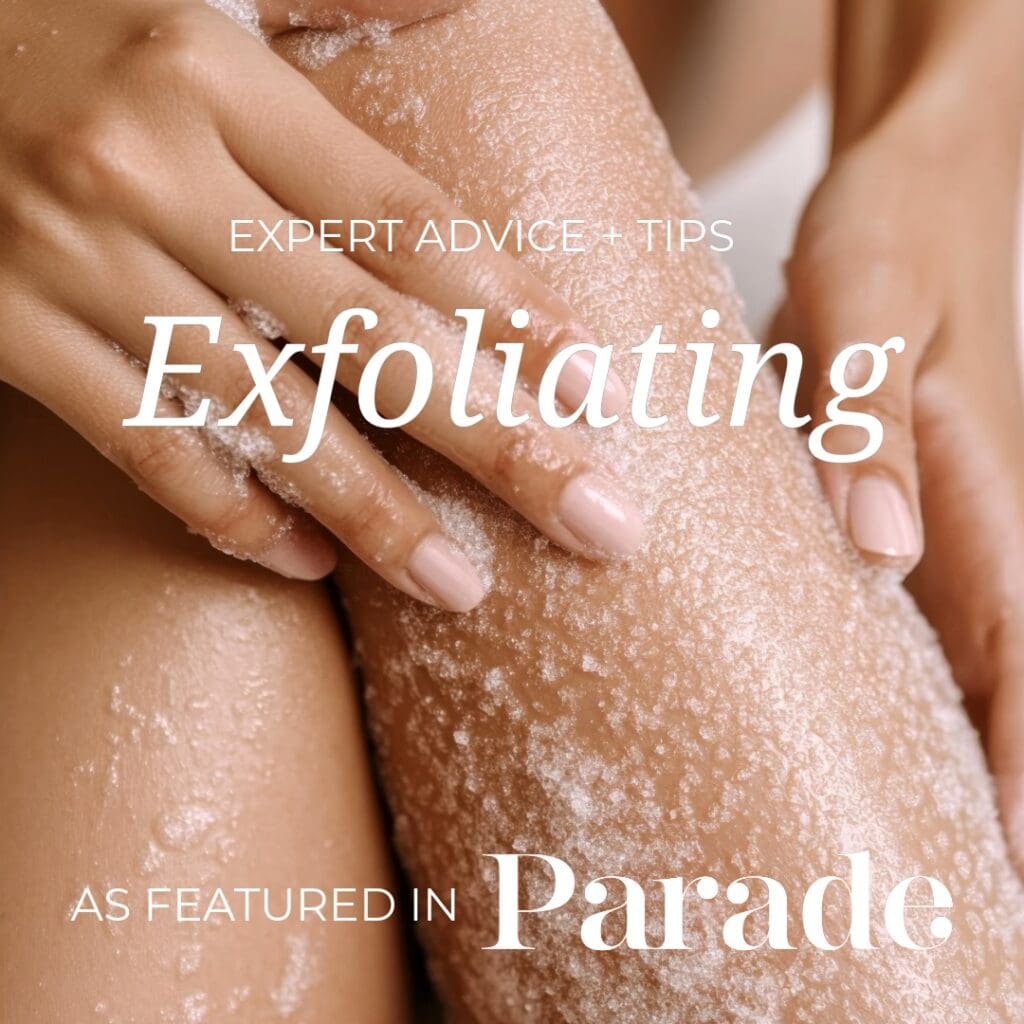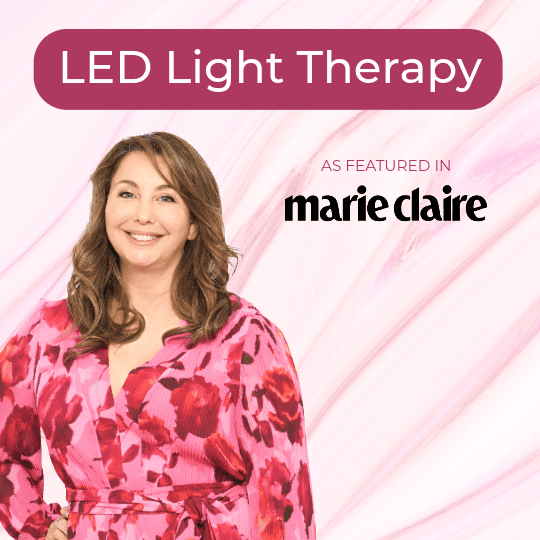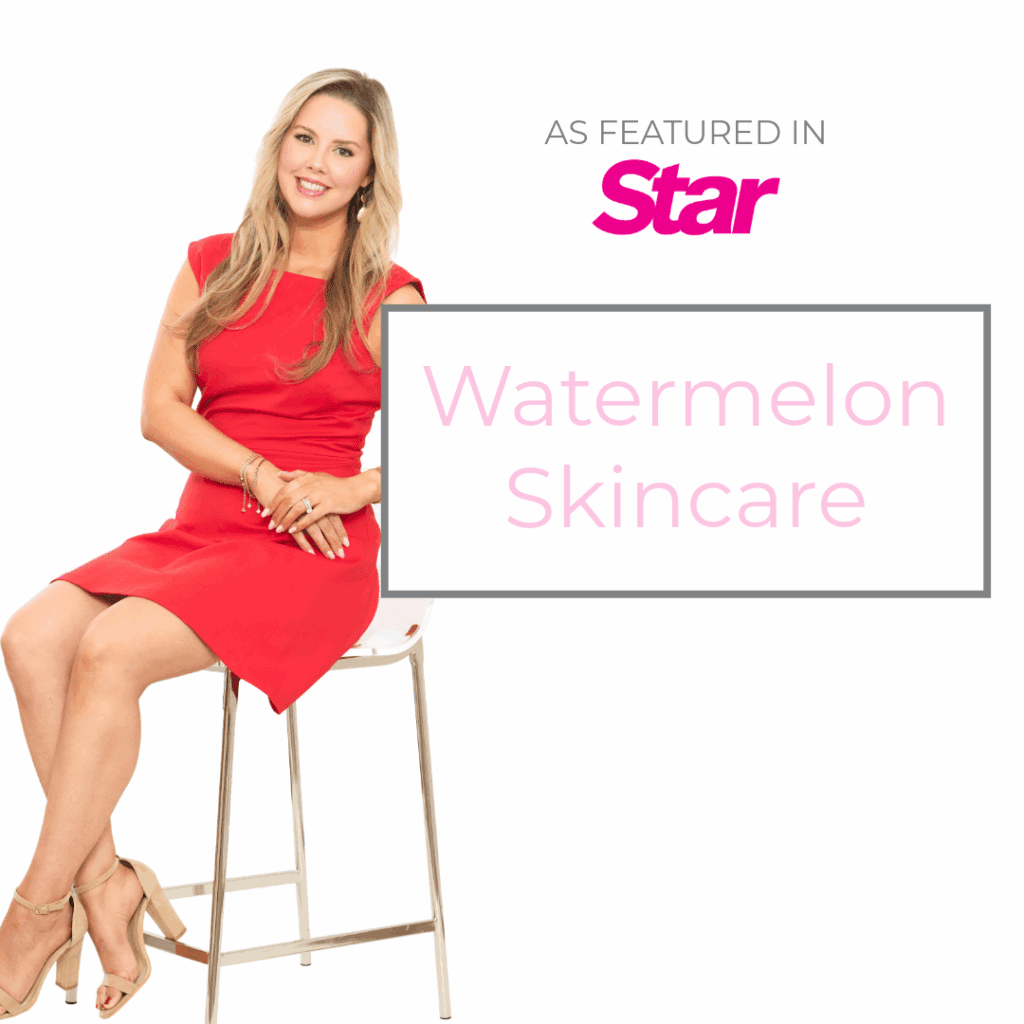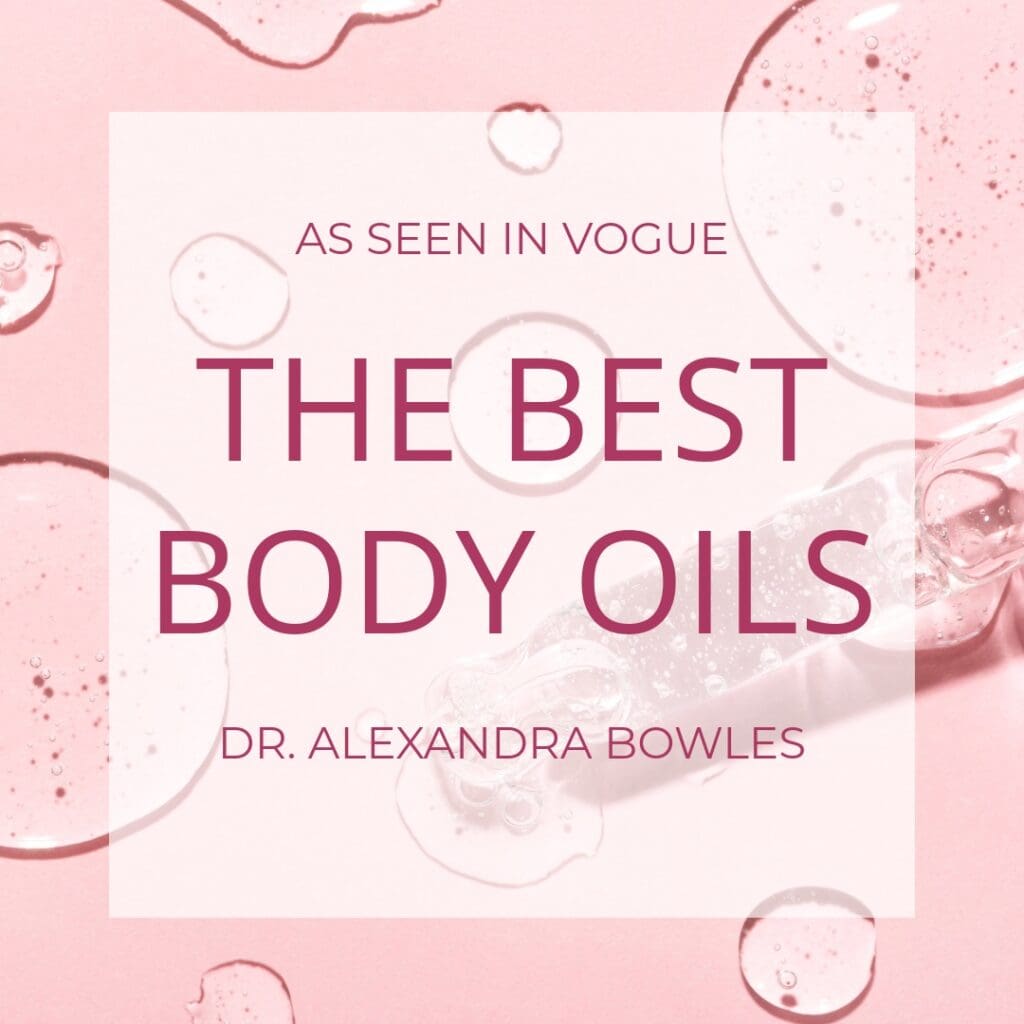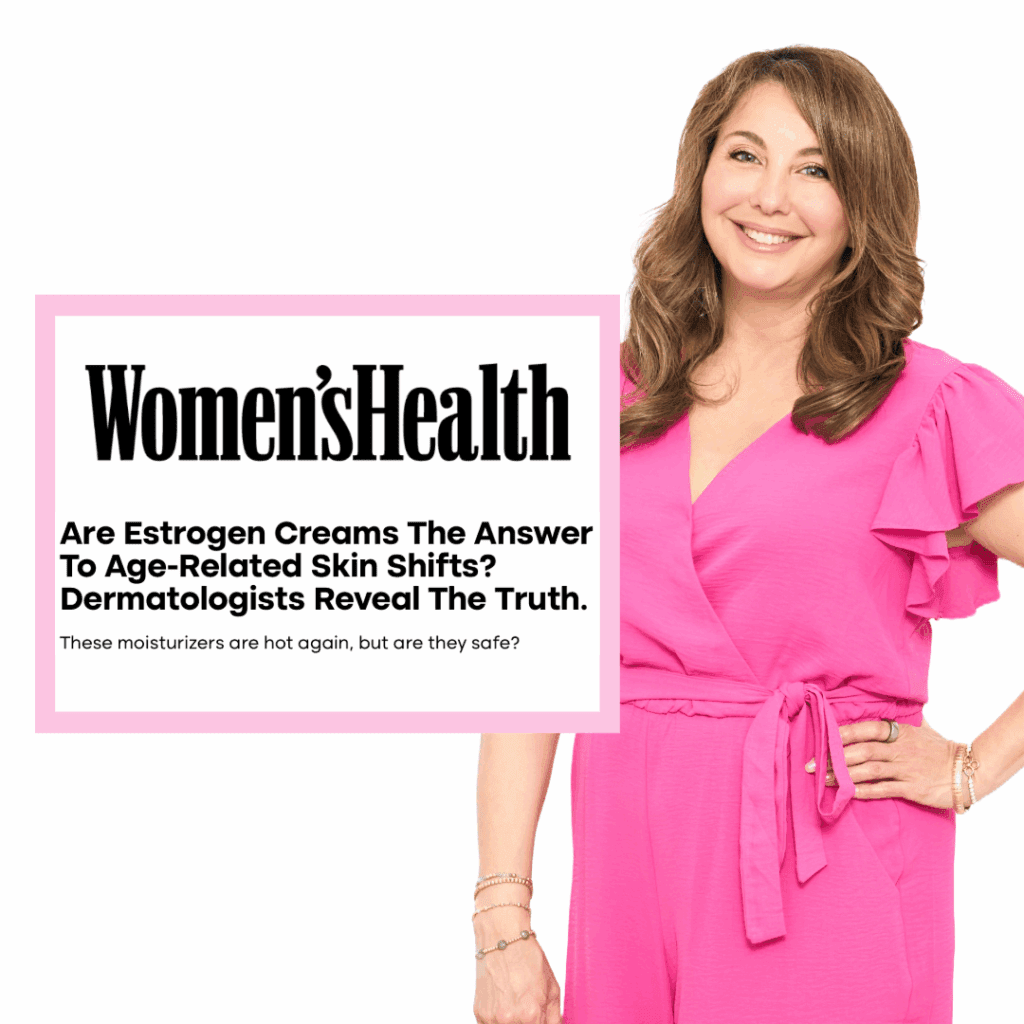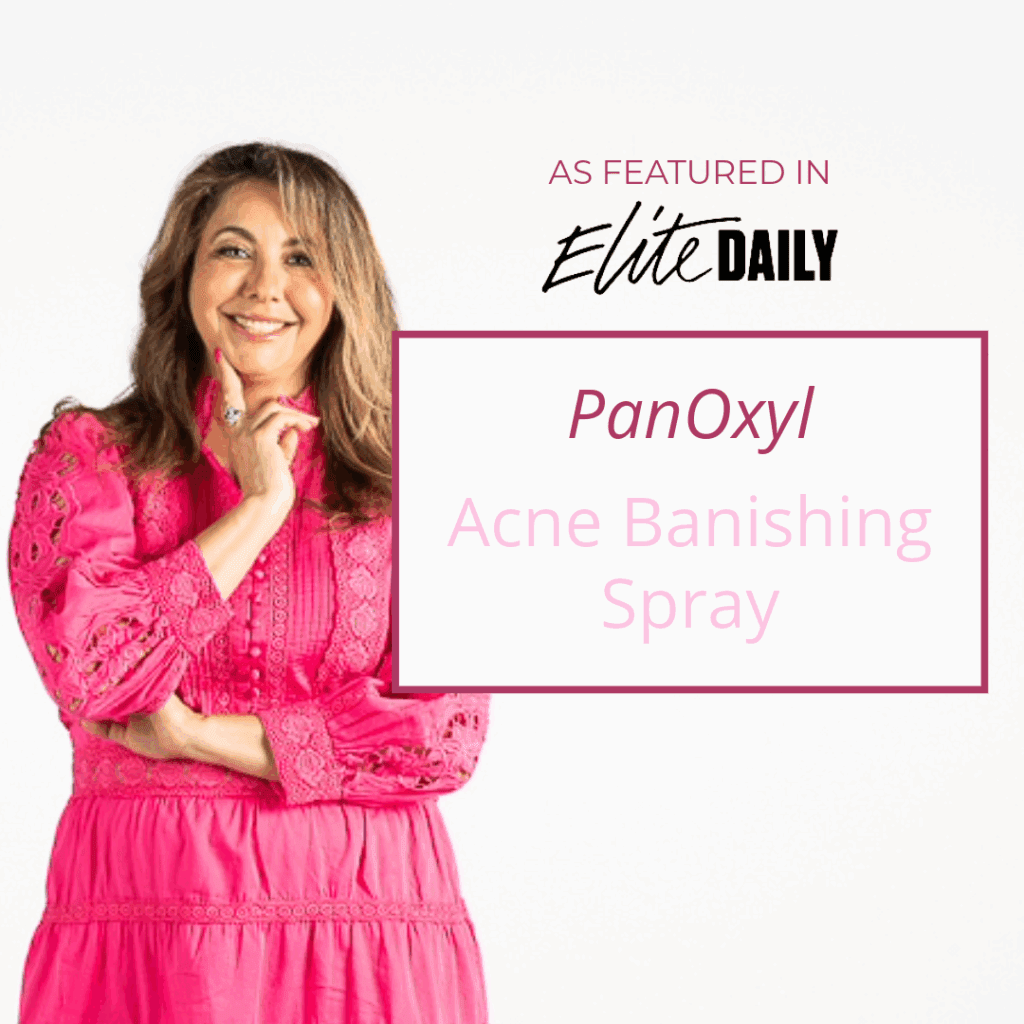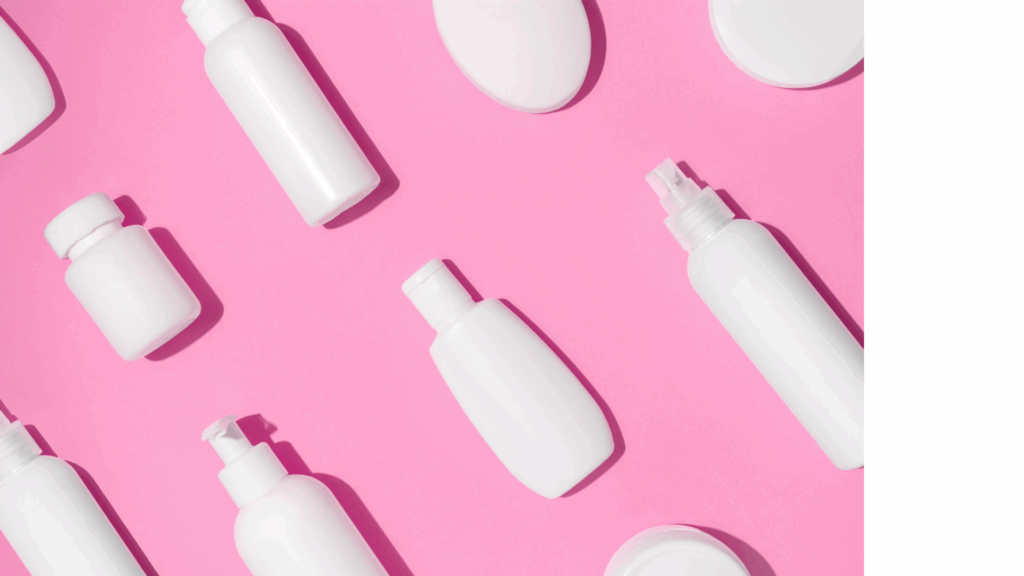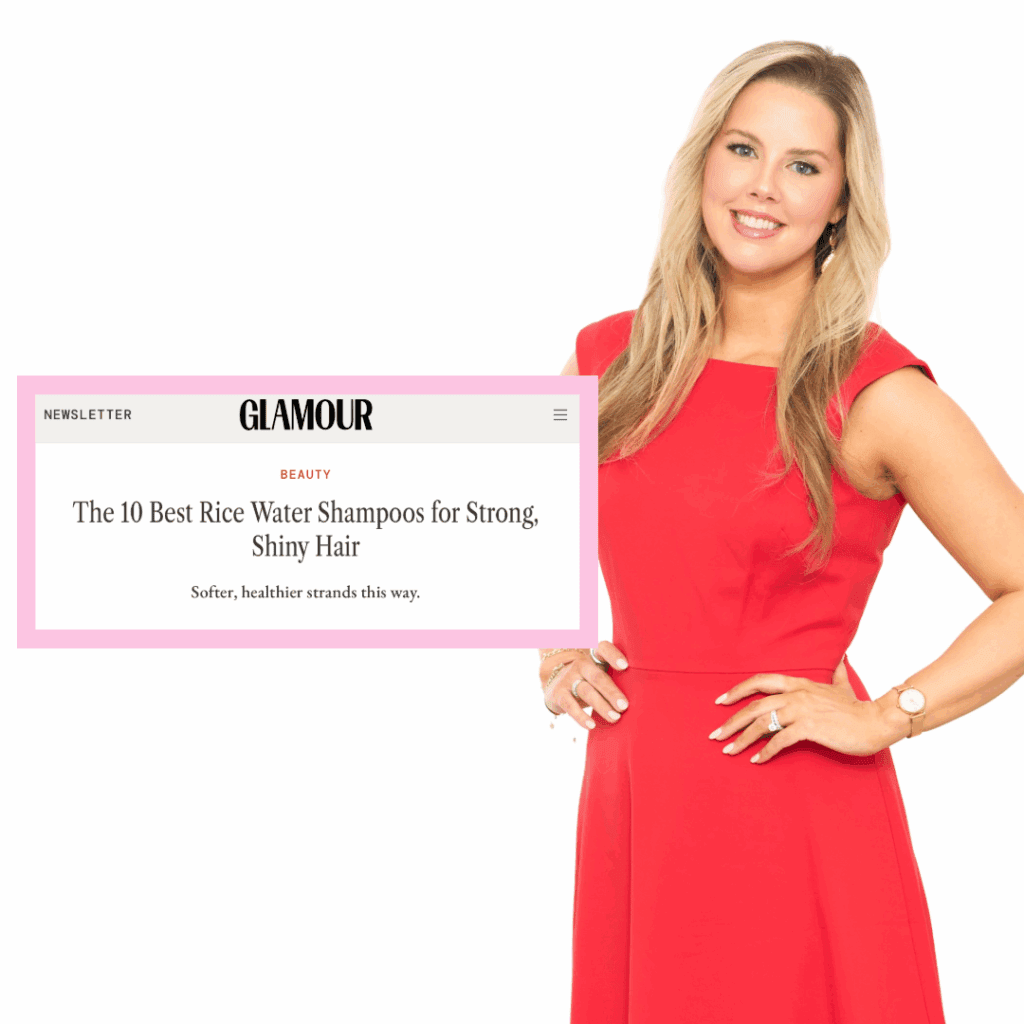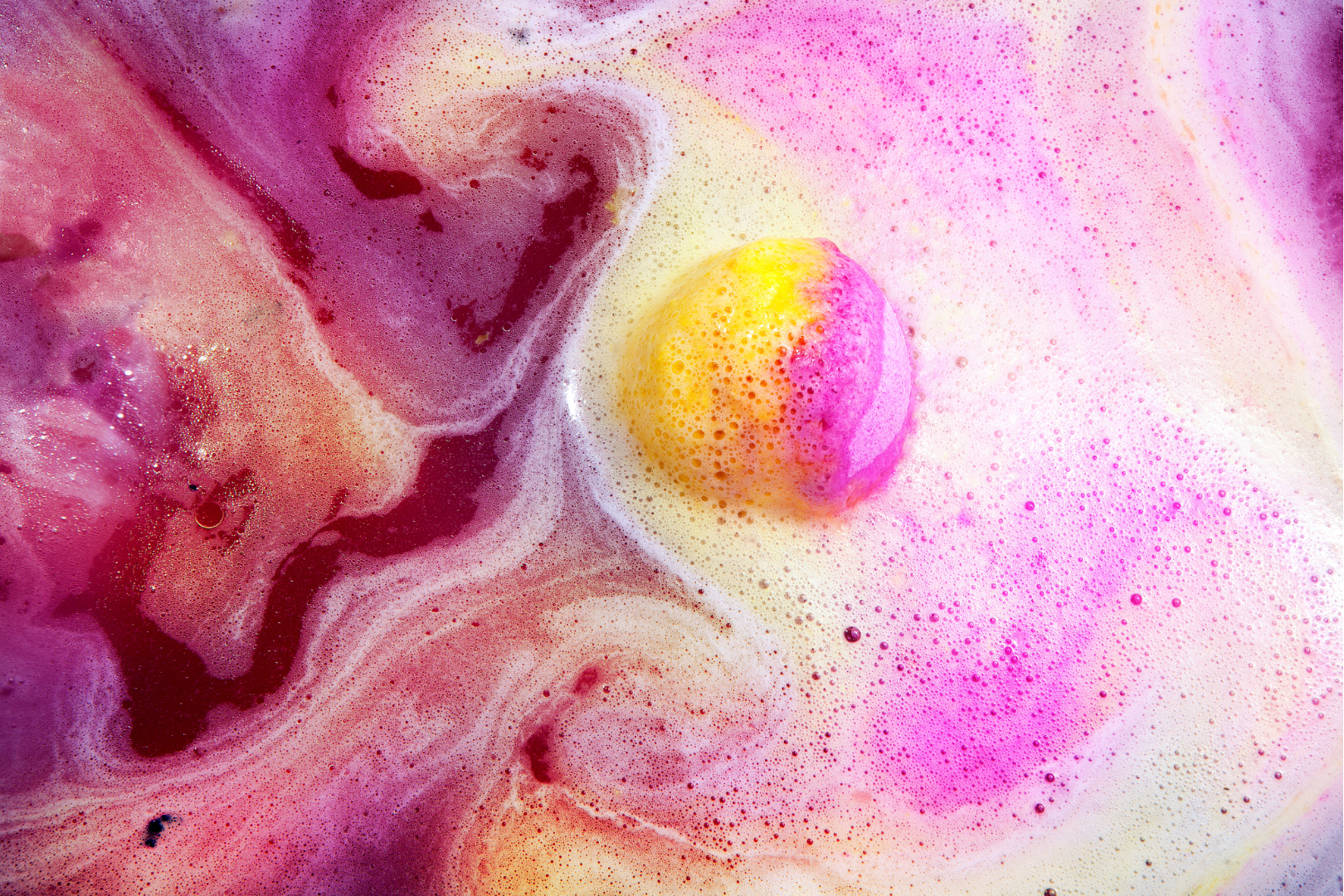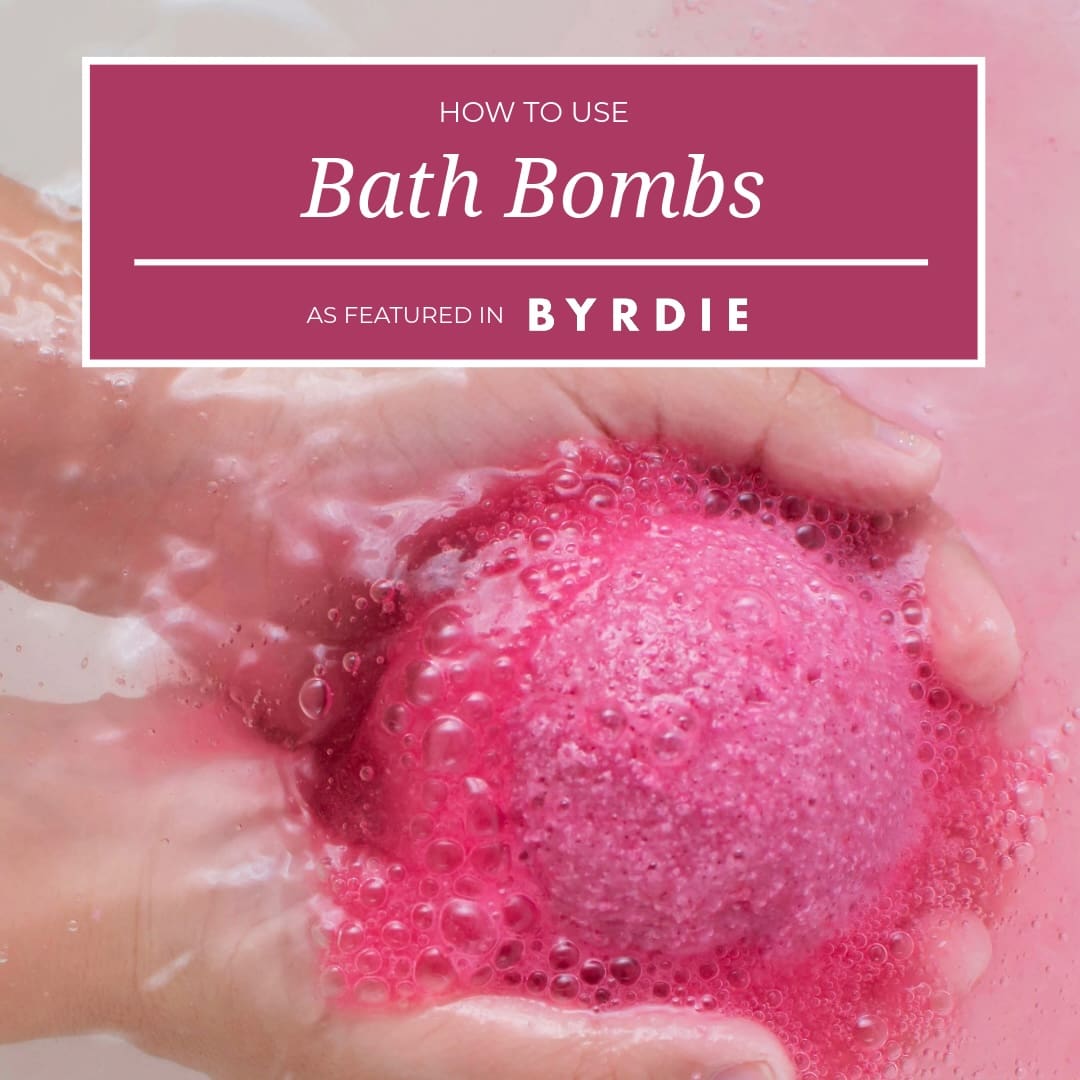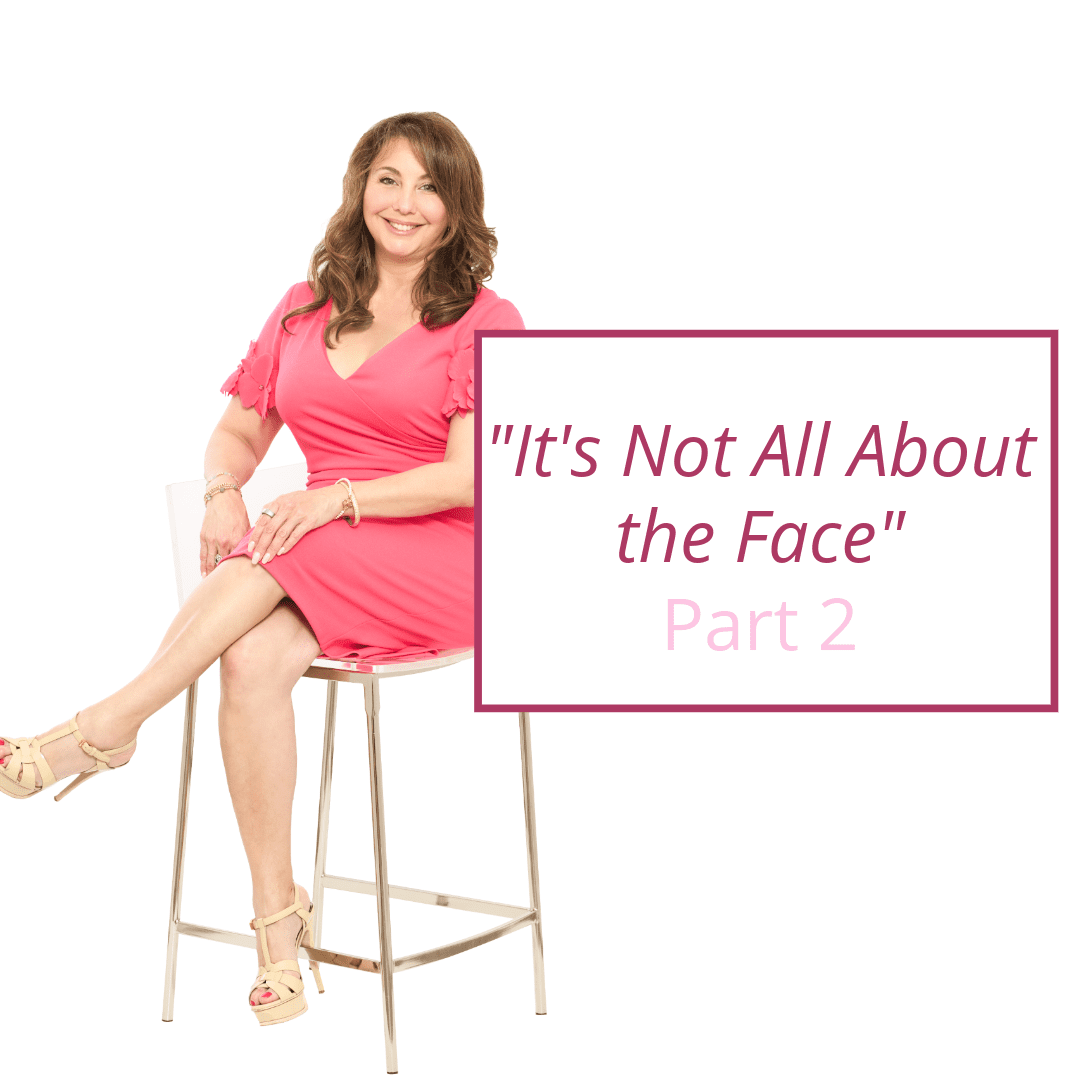Repairing Skin Post-Breakout | As Seen in Girl’s Life
Breakouts can be a huge inconvenience, made worse when scars and dark spots linger. Learn more about how to repair skin post-breakout from board-certified dermatologist Dr. Alexandra Bowles, as featured in Girl’s Life.
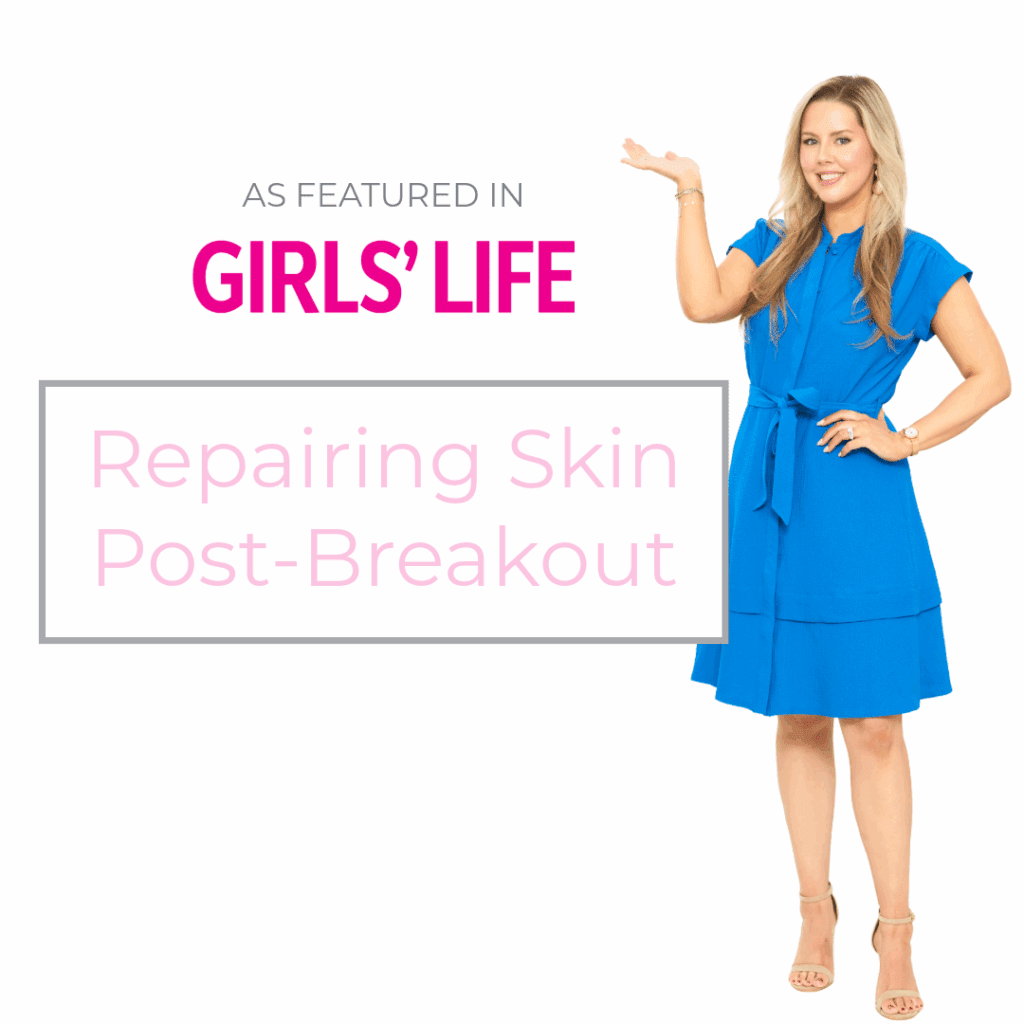
What are the steps to getting skin back to even-toned and healthy after a breakout?
If you’re a teen dealing with post-breakout marks, you’re definitely not alone. The good news is that you can take simple, practical steps to help your skin heal. Start with a gentle cleanser (no scrubbing!) and a lightweight, oil-free moisturizer to keep your skin balanced. Sunscreen is a must every day, even when it’s cloudy, because sun exposure can make dark marks linger. Ingredients like niacinamide, retinol, and vitamin C can help fade spots, but go slow and steady. Remember, healing takes time, so try not to pick or pop pimples, no matter how tempting it is. Doing so can make those blemishes look worse and last longer.
Are there any lifestyle habits that help? Any products or practices that should be avoided or added in?
After a breakout, it’s really important for teens to avoid picking or squeezing. Using zit stickers can be a gentle reminder to keep their hands off, especially if the spots are open or scabbing. Keeping your skin clean with a gentle cleanser and a lightweight moisturizer helps your skin heal without causing extra irritation. Don’t forget sunscreen every day, because sun exposure can make those marks stick around longer. After sports, wash your face as soon as possible to clear away sweat and bacteria that can trigger more breakouts. And if you wear makeup, always make sure to remove it entirely before bedtime so your skin can breathe and repair overnight. Drinking plenty of water and staying hydrated is another simple but powerful way to support your skin’s natural healing. Plus, getting enough rest and managing stress really support your skin’s healing process, so don’t overlook those healthy habits!
What about ingredients to incorporate? Vitamin C to brighten discoloration? Chemical exfoliants to resurface the skin?
Absolutely! Vitamin C is an excellent addition to help brighten dark spots and even out your skin tone, giving your complexion a healthy glow. Gentle chemical exfoliants like AHAs (such as glycolic acid found in products like SkinMedica AHA/BHA Exfoliating Cleanser) or BHAs (like salicylic acid in Skinmedica Pore Purifying Cleanser or Cerave Acne Control Cleanser) can help resurface the skin by removing dead cells and promoting cell turnover. But it’s important to start slowly to avoid irritation. Always pair these treatments with daily sunscreen to protect your skin and prevent further discoloration. And don’t forget to keep your skin well-moisturized to support its natural barrier and help everything else work better.
If you were to put together a daily/weekly regimen for a teen girl who’s trying to repair her skin post-breakout, what would that look like?
If I were to put together a daily and weekly skincare regimen for a teen girl repairing her skin after a breakout, I’d start with a gentle cream cleanser formulated for acne, ideally one with salicylic acid or benzoyl peroxide. Washing twice a day, and always after sweating, helps keep pores clear without over-drying the skin. Next, using pimple patches or spot treatments with ingredients like benzoyl peroxide can calm inflammation and protect the skin from picking, which is so important to avoid scarring. If she wears makeup, I’d encourage her to choose non-comedogenic products and make sure to remove all makeup gently at the end of the day. Hydration is key, so I’d recommend a lightweight, oil-free moisturizer to balance the skin, especially when using acne-fighting products that can be drying. A daily application of a non-comedogenic sunscreen with at least SPF 30 is essential to protect healing skin from sun damage and prevent dark spots.
What can she do for scars that have been left behind? Any tools that would help, like a red light mask?
Patience and gentle care are key when it comes to fading scars left behind after a breakout. Your skin needs time to heal, and that’s completely normal. Ingredients like vitamin C and niacinamide can really help brighten and even out skin tone over time, especially when used consistently. Red light therapy can also be an added tool. It supports your skin’s natural healing process, reduces inflammation, and may help improve the overall appearance of scars. And while it’s tempting to try a bunch of new products at once, keeping your routine simple and soothing is best so you don’t overwhelm or irritate your skin. Most importantly, don’t forget your daily sunscreen. Protecting your skin from the sun prevents scars from darkening and helps them fade more evenly.
Is there anything else that you think is important to include on the topic of repairing skin post-breakout for a teen?
When it comes to healing your skin after a breakout, two of the most important things you can do are to be patient and protect your skin daily. It’s so important to treat your skin with kindness, so avoid picking, scrubbing too hard (scrubbing can make breakouts worse!), or using too many active products all at once. And don’t skip your sunscreen! Daily SPF helps prevent dark spots from getting darker and supports your skin’s natural healing process. If you enjoy wearing makeup, that’s perfectly fine too. Just look for products that won’t clog your pores and always wash them off gently at night to keep your skin clear and calm. Remember, gentle care and consistency are your best friends on the road to healthy skin.

